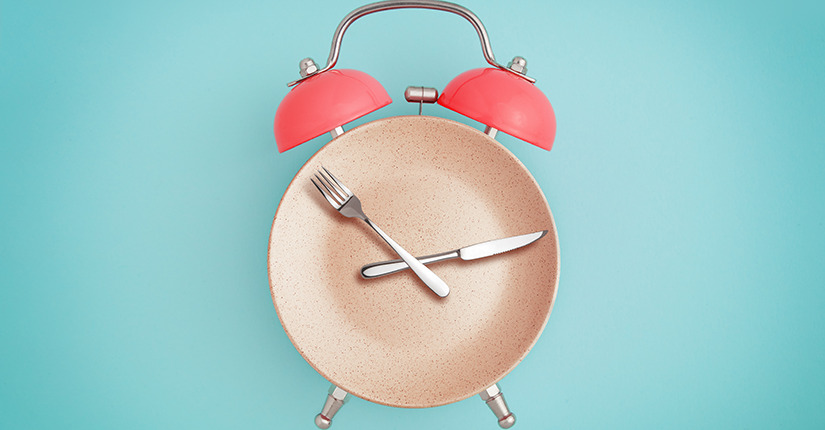Your Guide to Basic Serving Size to Help You Control on Portions
By Nmami Life Editorial 21-Jun 2020 Reading Time: 5 Mins

Do you often feel confused about how much to eat and how to control the portion of all the meals you consume? Are you the one who is always trapped between what to eat and what to avoid while maintaining portion size? If yes, then, we have the answers to your questions.
Indian Food Pyramid
The Indian food pyramid is a graphical representation of diverse groups of food and assists in preparing a well-balanced diet. It tells about the ideal quantity of consuming different types of foods regularly. The food pyramid is distributed into four levels of foods as per the recommended consumption: the base of the food pyramid covered with cereals and pulses and said that these food staples should be consumed in sufficed quantity, over the cereals and pulses, there is a layer of fruits and vegetables and it should be consumed abundantly, over it, it includes a layer of animal source foods and oils and it suggests that these food staples should be consumed moderately. The peak of this pyramid consists of highly processed foods which are filled with sugar and fats and it says that such food staples should be consumed carefully.
Food grouping
Healthy eating depends on consuming all the food items from every food group. There are 5 food groups divided on the basis of similar amounts of nutrients it provides. To enhance your overall health and well-being, it is quite important to consume food from all of the five food groups i.e., (carbohydrates, proteins, fats, Vitamins and minerals). These nutrients should be equally distributed on your plate to boost your energy levels and to keep the diseases at bay. Here are some key pointers that you should definitely keep in mind while grouping your food on the plate:
- Do not put more than 45-55% of carbs on your plate
- Do include 20-25% of protein sources in your diet
- Include only 10-15% of healthy fats in your diet (in recommended amounts).
A guide to serving size
Serving size is a standardised amount of food for a single serving. Knowing the correct size of the serving is quite important to boost your health. Wrong serving sizes can easily break your health while making you suffering through various health ailments like obesity, high blood pressure levels and many others.
Here is a list of basic guidelines of the number of food items that should be served per day per individual per serving:
- Cereal and millets: 6-11 servings 30 grams each
- Pulses: 2-3 servings of 30 grams each
- Eggs/meat/chicken/fish: 1 serving of 50 grams
- Dairy products: 2-3 servings of 100 grams each
- Fruits/other vegetables/roots and tubers/green leafy vegetables: 100 grams each (5 servings overall of fruits and vegetables together in a day is allowed)
- Sugar: 5 grams (1-2 teaspoons in a day)
- Visible fats and oils: 5 grams (1-2 teaspoons in a day)
Estimate the right size
- A clenched fist equals about 1 cup
- The front of your closed fist equals about ½ a cup
- Your fingertip is around 1 teaspoon
- Your palm is equal to one portion of meat and fish
- From one tip of your thumb to the base of your thumb is about 1 tablespoon
Footnote
It is said that proper nutrition is the key to healthy living. Take care of your portion size and do include all the essential nutrients of every food group to make yourself all hale and hearty. To take control your serving size, use smaller plates, don’t consume while cooking, use your hands to measure serving size and remember the concept of sharing is caring.


















